Dental Care: How to Properly Care for your Toothbrush
By Mariam N
January 10, 2024 • Fact checked by Dumb Little Man
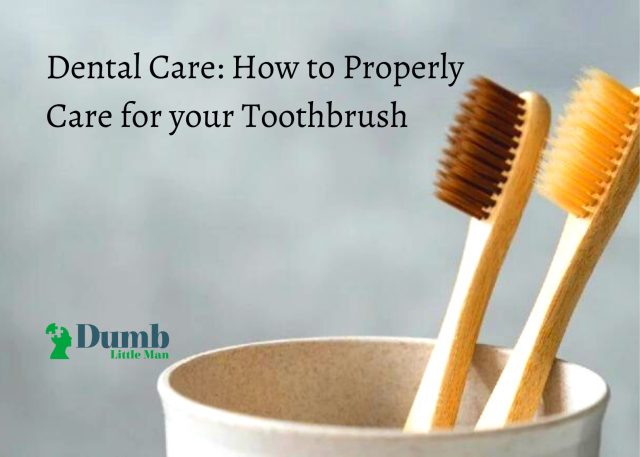
Over 6 million bacteria reside in our mouths. Even for individuals who practice oral hygiene, approximately 1,000 – 2,000 bacteria live on each tooth surface.
It is not surprising that these germs can collect on our toothbrushes. So why do you leave your mouth feeling fresh and clean after brushing, your most important dental care tool now carries those filthy microorganisms.
Fortunately, keeping your toothbrush clean and germ-free is easy. Check out these five tips:
① Make Sure your Hands are Clean Before and After Brushing.
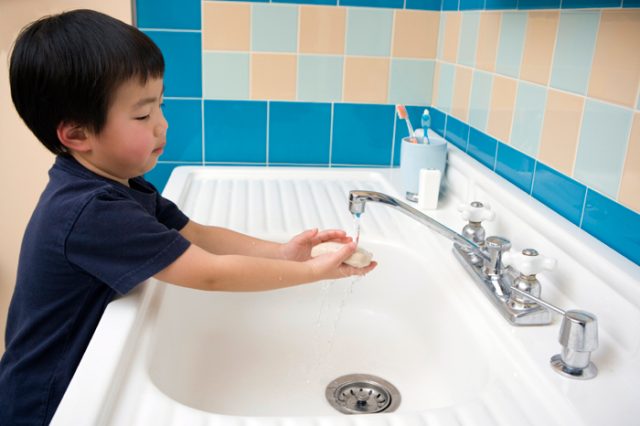
Germs can get on your hands easily. When you use the toilet, touch raw meat, or handle any objects that have germs on them, and then you hold your brush, you’ve just given germs free access to your body through your mouth.
So make sure to disinfect your hands before and after brushing. Wash your hands properly using antibacterial soap, dry your hands, and apply sanitizer or alcohol. It may sound like an added task but it’s the best way to protect yourself from germs, especially during this time of the pandemic.
② Rinse and Store your Brush Properly.
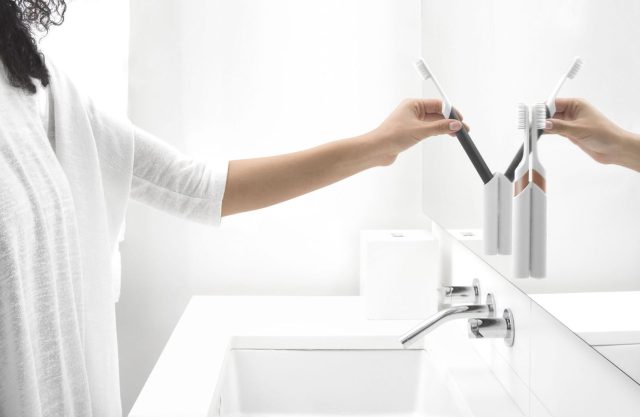
You want to thoroughly rinse your toothbrush after each use to remove debris, food particles, and remaining toothpaste in there. Don’t just dip your brush in a glass of water. Use flowing water to properly get rid of the debris. Whenever possible, run hot water over it before and after each use.
Additionally, you can gently rub the bristles with your clean fingers to clear them from anything that may have stuck on them.
The American Dental Association (ADA) recommends air-drying your toothbrush after rinsing. Shake off your brush to remove excess water and allow it to air-dry to get rid of most bacteria. Once it’s completely dry, you can now store it.
Storing your toothbrush is just as important as cleaning it. You’ve worked hard enough now to clean your brush, you should make sure the germs don’t come back until your next use!
Store your brush at an upright position (bristles up). This is where toothbrush holders come in handy. Keeping it upright ensures that any trapped particles and water will drip down.
Keep it separate from other toothbrushes in your household and store it 2-3 feet away from your toilet bowl or sink. This lowers the chance of bacteria-laden water or gasses contaminating your brush.
Some people like to store their toothbrushes inside the fridge. This is a no-no because your fridge also harbors different types of bacteria, including the dreaded E.coli which is present in raw vegetables and meats. At the same time, your brush could also be passing on germs to the food inside your refrigerator.
According to the ADA, the safest place to store your toothbrush is in a cup or holder out in the open so it can be exposed to air and sunlight. So if you're stashing your brush in the medicine cabinet, you're actually doing more harm to your oral health than good.
③ Disinfect your Toothbrush.
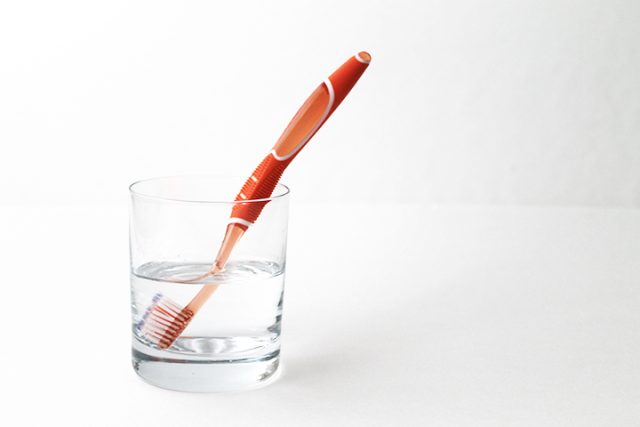
Disinfecting your brush once in a while or as necessary (such as when you accidentally drop it on the floor) can help keep the germs at bay.
There are several methods for disinfecting your brush. Check these out:
⫸ Soak it in hydrogen peroxide.
Buy 3% hydrogen peroxide solution from a pharmacy or grocery store. Pour some amount in a container, just enough to cover the head of your toothbrush. Soak your brush and leave it for 3-5 minutes. Then, thoroughly rinse your brush and run it with hot water. Shake excess moisture and air dry. You can do this once a week.
⫸ Use mouthwash.
Mouthwashes contain alcohol and other ingredients designed to kill most types of bacteria from our mouths. If you don’t have hydrogen peroxide, you can also use your regular mouthwash to disinfect your brush. Simply soak the head of your brush in it for 5 minutes.
④ Run it with hot water.
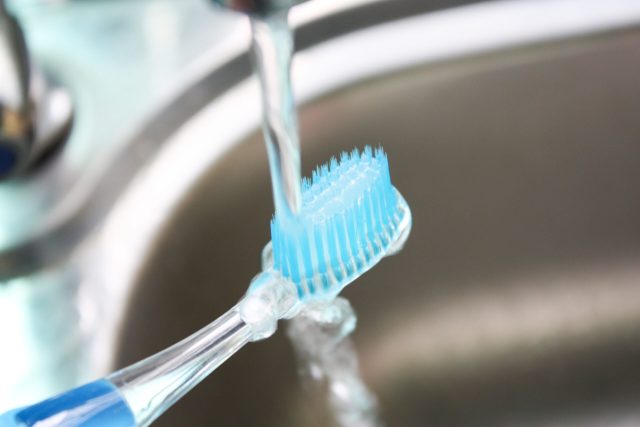
We all know that heat (at the right level) can kill bacteria. It's good practice before and after using your toothbrush.
⫸ Use vinegar-baking soda solution.
In a half cup of water, add two tablespoons of vinegar and 1/2 scoop of baking soda. Stir to combine. Soak your toothbrush in this mixture for 30 minutes.
⫸ Spray with disinfectants.
Use a hydrogen peroxide disinfecting spray to kill bacteria and fungi that might be present in your toothbrush. It’s a quick and easy alternative to clean your brush especially when you are traveling and don’t have access to any of the above supplies.
Don’t forget to disinfect your toothbrush holder too. If you haven’t touched it for a while, chances are, there’s already mold growing in the inside surfaces! Depending on your holder, you can put it inside the dishwasher, disinfect using wipes, or wash it with soapy warm water.
⫸ Use UV Light Sanitizers.
Ultraviolet toothbrush sanitizers work reasonably well in eliminating bacteria. Most of these devices come in the form of a toothbrush holder so you can basically store your brush in them as well.
You can also use the regular UV sanitizer box that is used for disinfecting other items like toys, face masks, jewelry, and devices.
A UV light sanitizer works by destroying the molecular bond that holds together the DNA of viruses and bacteria.
⑤ Store your Toothbrush Correctly when Traveling.
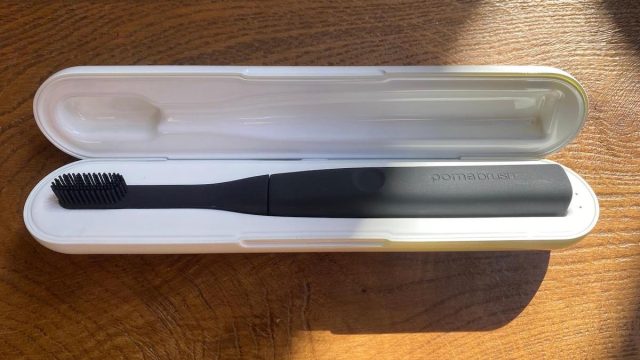
Whenever possible, when you are on the go clean and store your brush in the same way you would at home. This means you have to unpack it from its case, put it in a clean, dry holder, and air-dry after use. Do not forget to dry the brush holder completely as well. Consider investing in a good-quality travel case with venting holes.
However, if it isn't possible to air-dry your brush, keep it in a travel holder/container to avoid exposure to germs. Before using, do not forget to disinfect your toothbrush. Running it with hot water or soaking it in mouthwash is the easiest approach.
⑥ Replace your Brush Regularly.
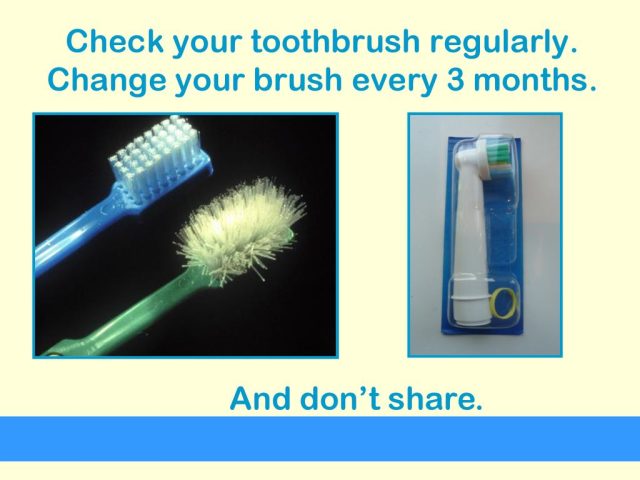
The ADA recommends replacing your toothbrush every 3-4 months or whenever the bristles become matted or frayed.
This should prevent bacteria buildup in your toothbrush. The longer you keep your old toothbrush, the more bacteria it likely inhibits. Another reason why you should replace your brush often is that it becomes less effective in removing dirt and plaque from your teeth once the bristles start to wear out.
Furthermore, you should replace your toothbrush after you've been sick with common viral infections like flu or cold to prevent possible transmission to family members.
While it is true that not all bacteria in our mouths are harmful, keeping your brush clean is crucial for maintaining good oral hygiene. You don’t also want to risk getting sick just because you used a filthy toothbrush that harbors illness-causing germs.
Keeping your toothbrush clean is not difficult. And once you’ve formed the habit, it’ll become second nature to you. More importantly, you’ll have peace of mind knowing you have a clean brush to use all the time.
Do you follow these guidelines for keeping your toothbrush clean? If not, start now. If you find this guide helpful, share it with your friends and family.
Mariam N
Mariam is a Hygiene Specialist working with SONO Healthcare and a passionate freelance writer. On a regular basis, she delivers new cleaning expert advice.

